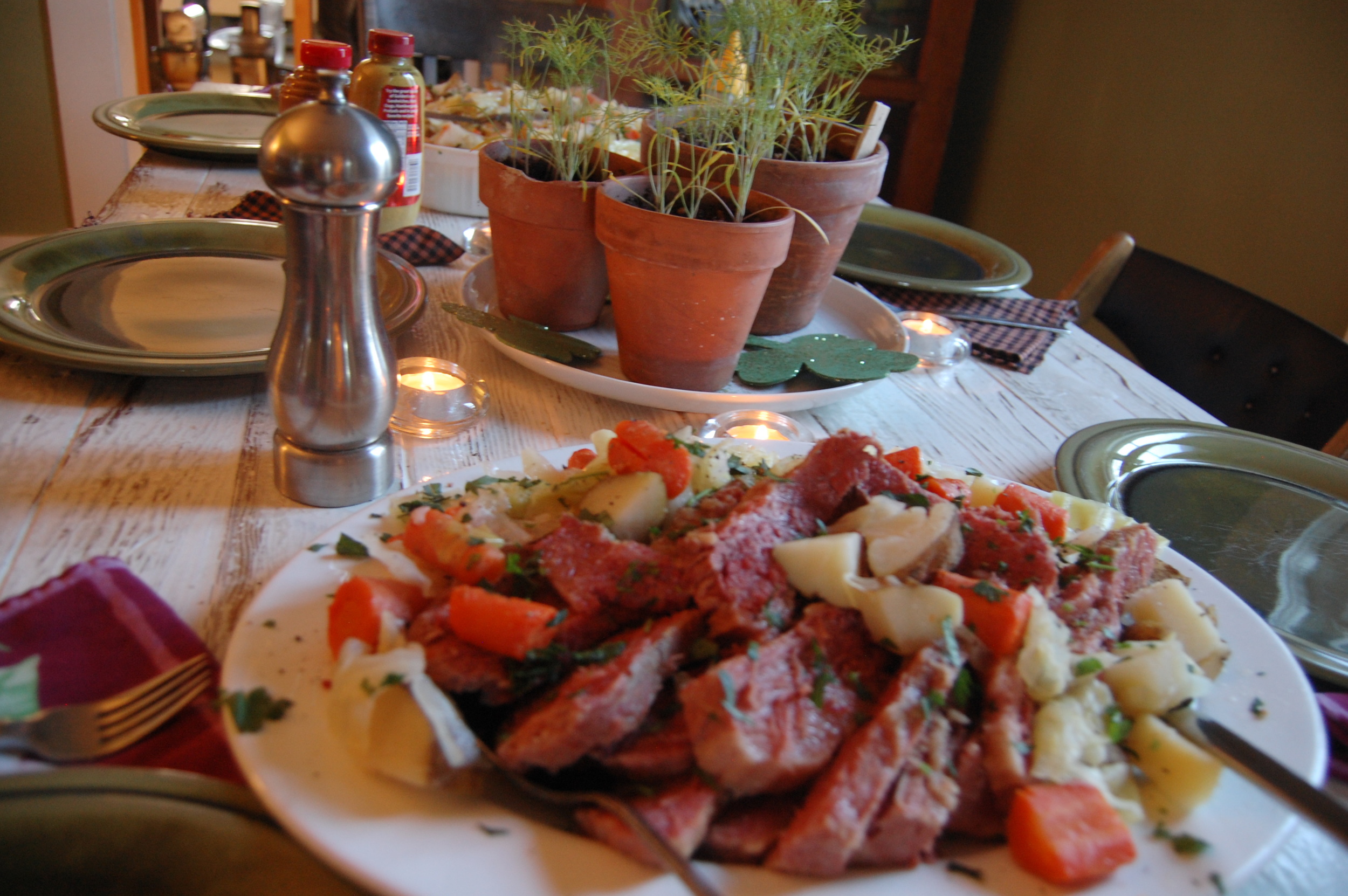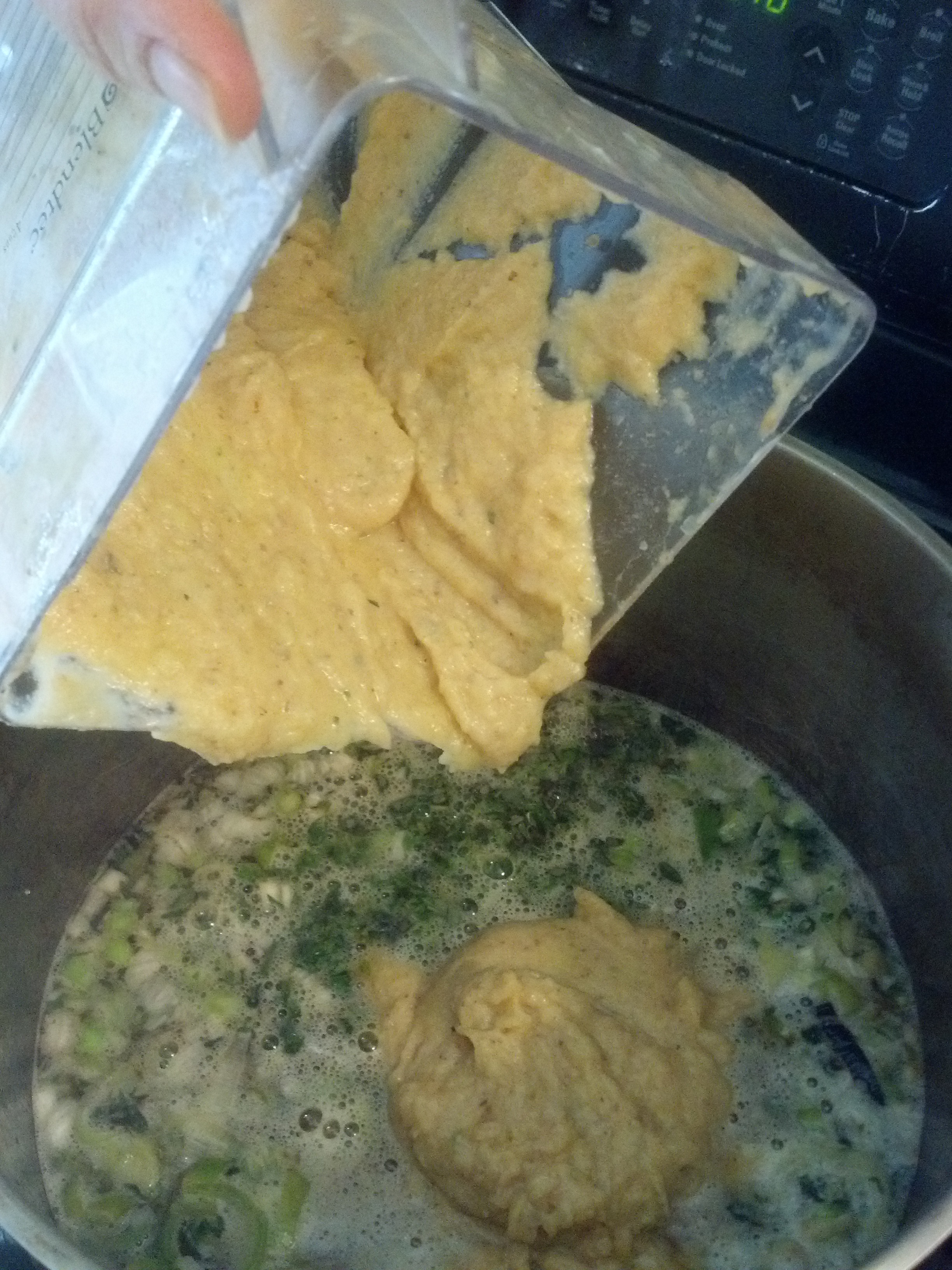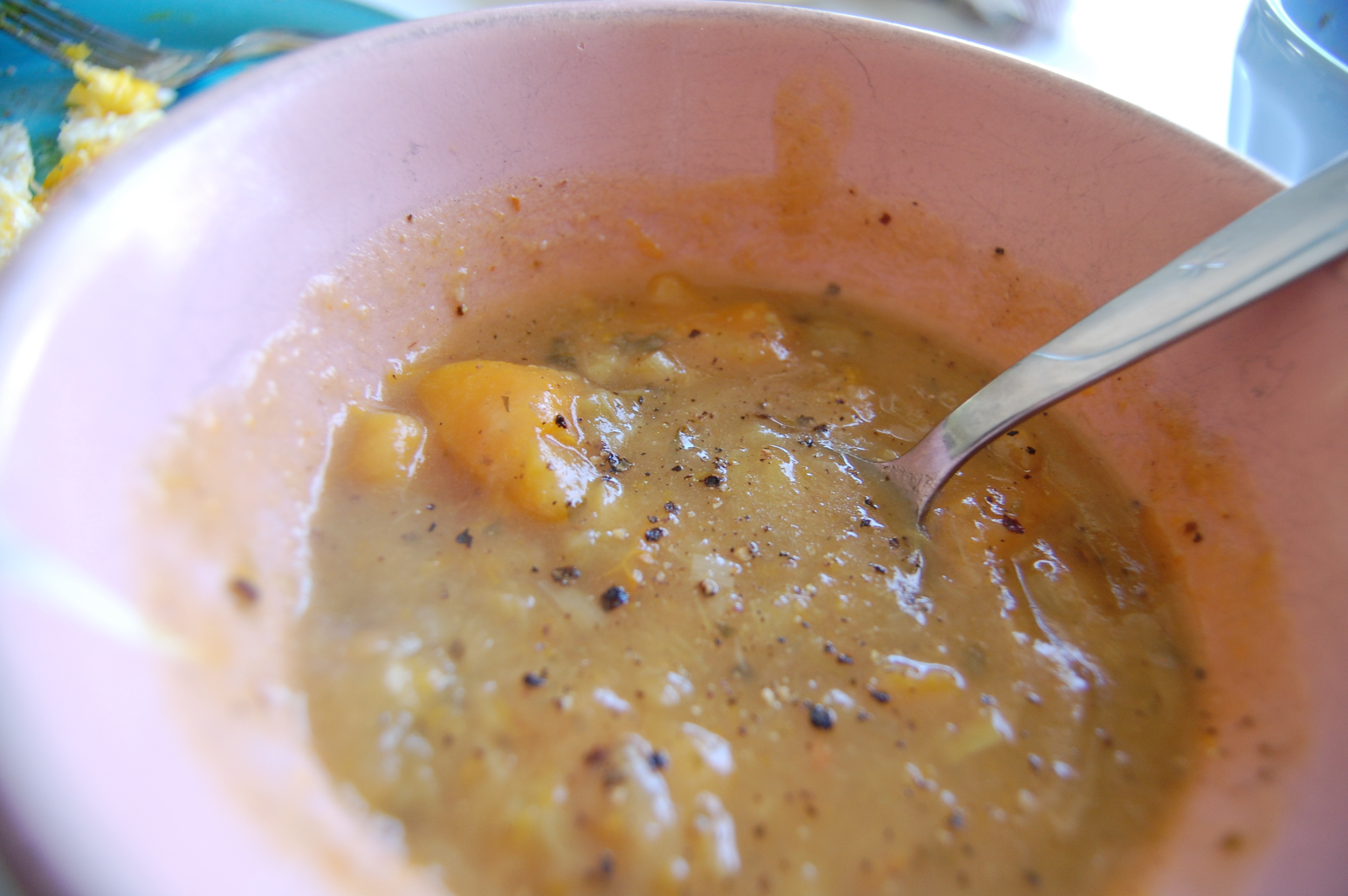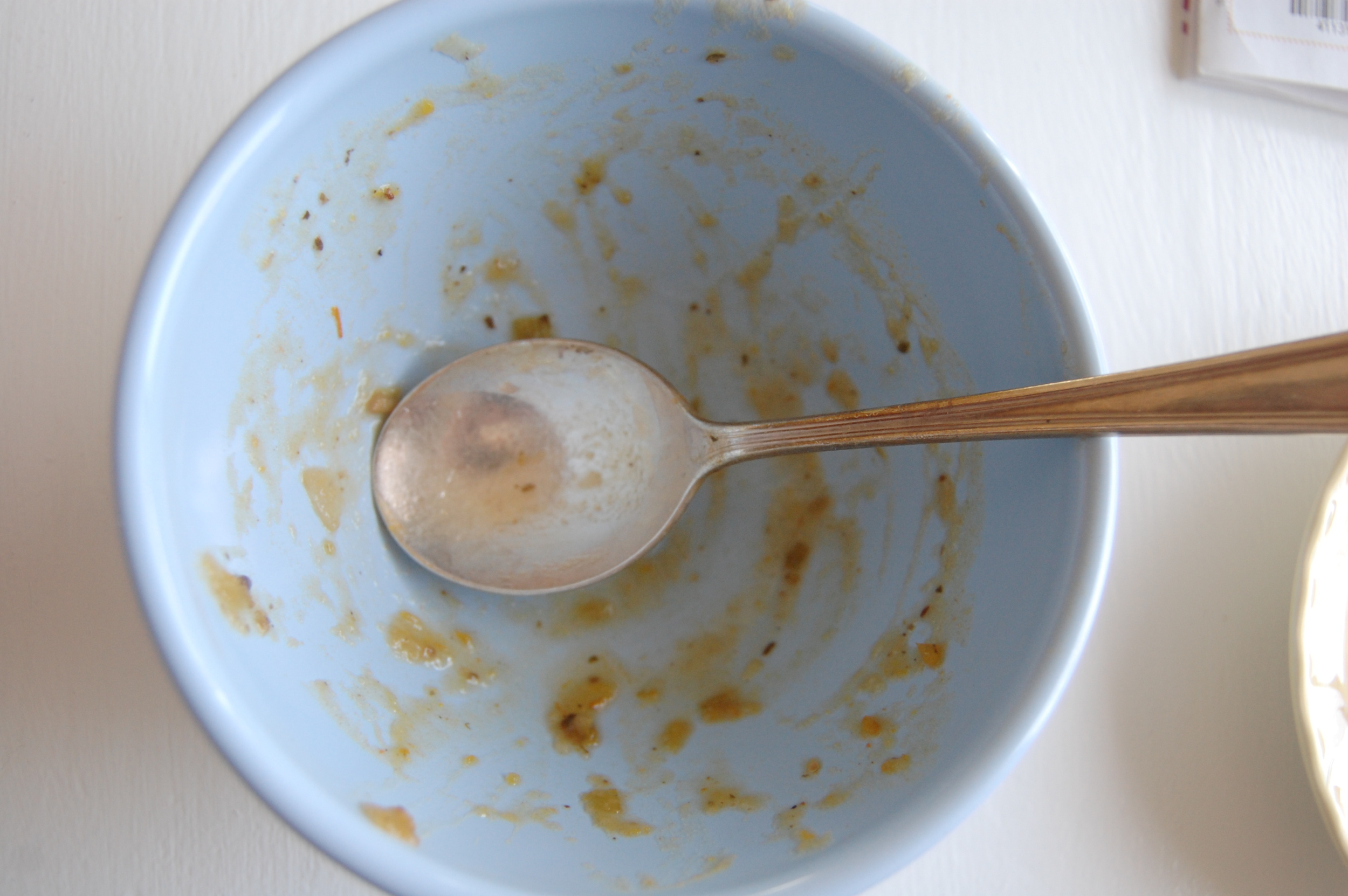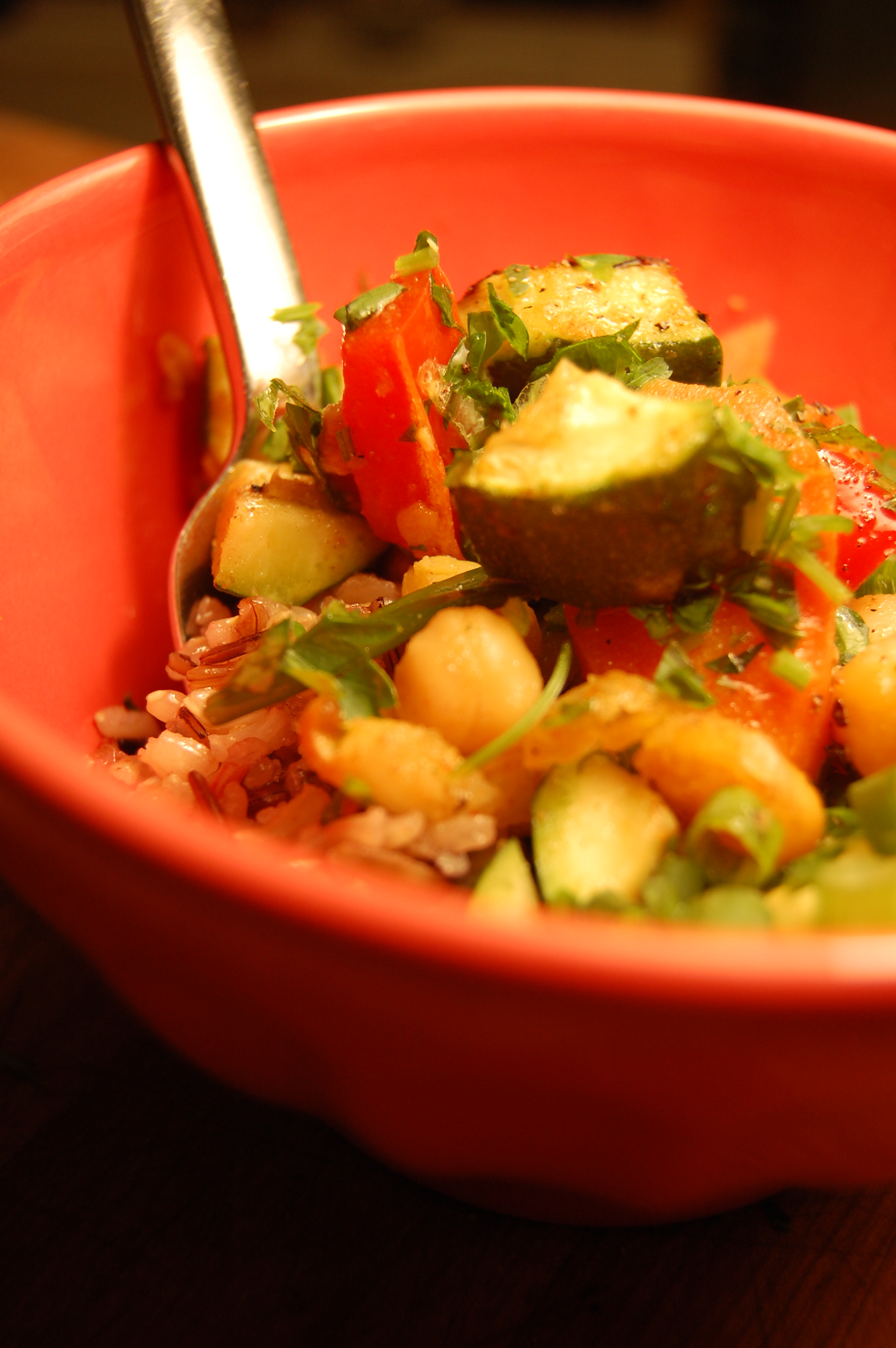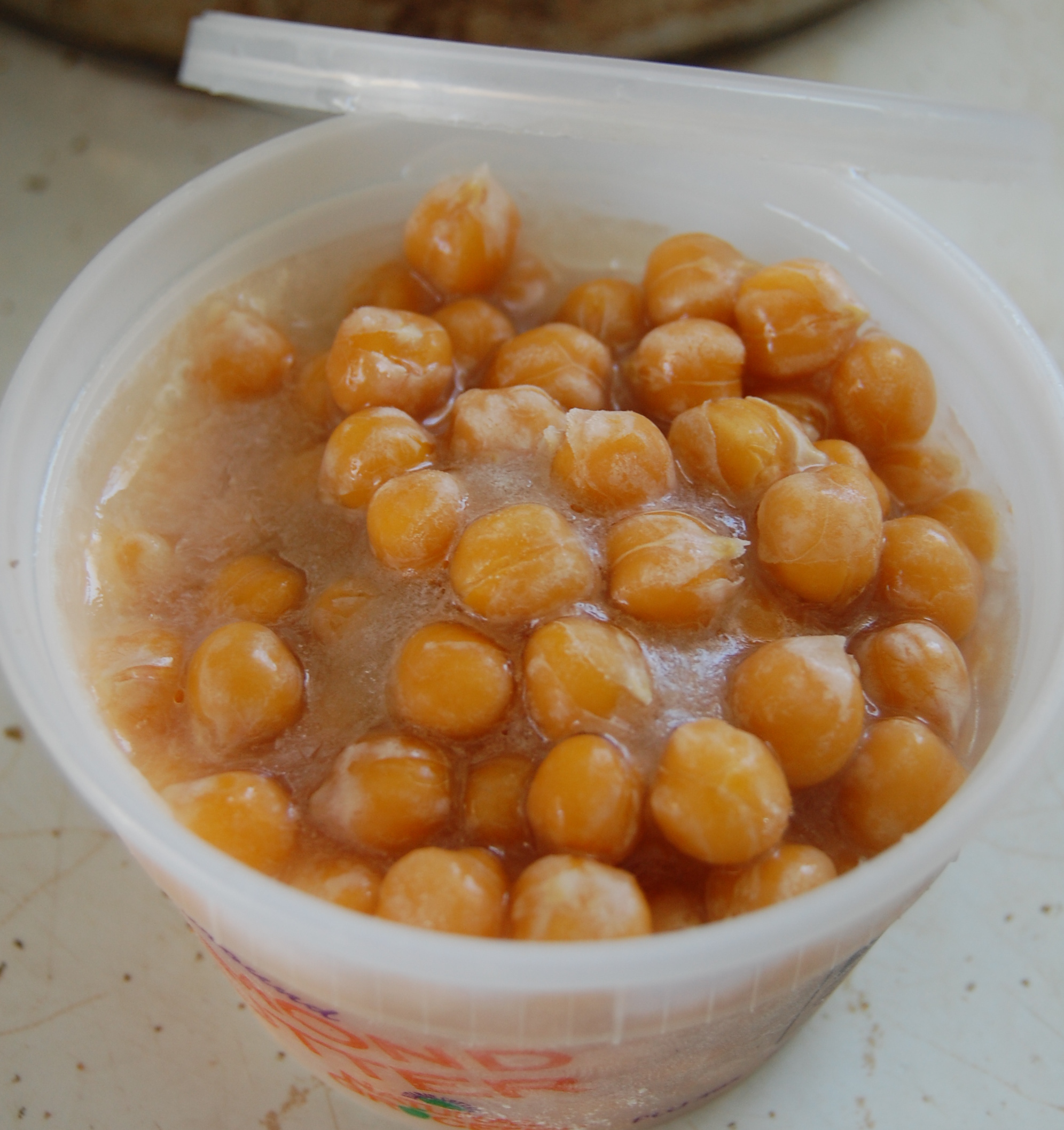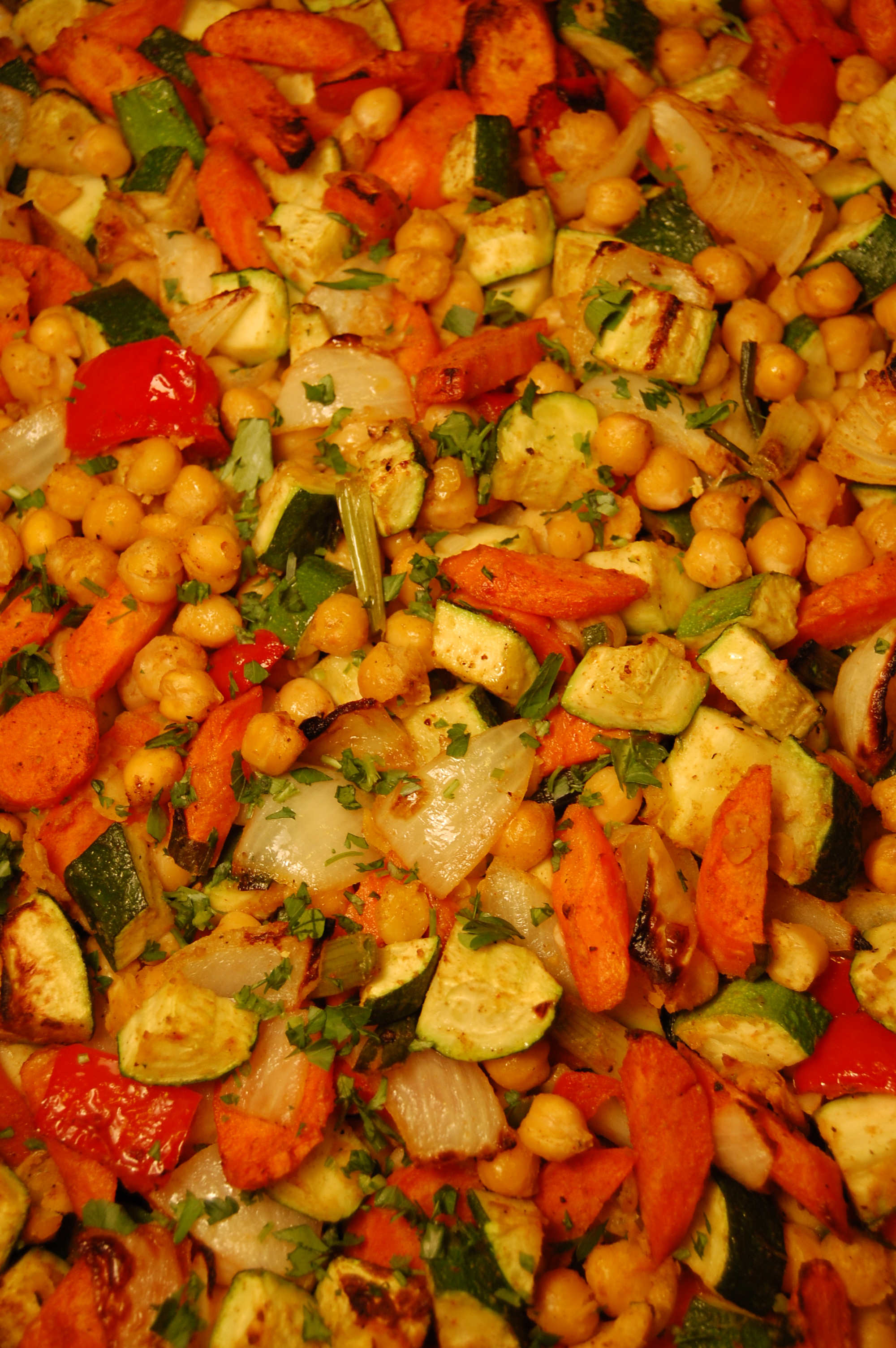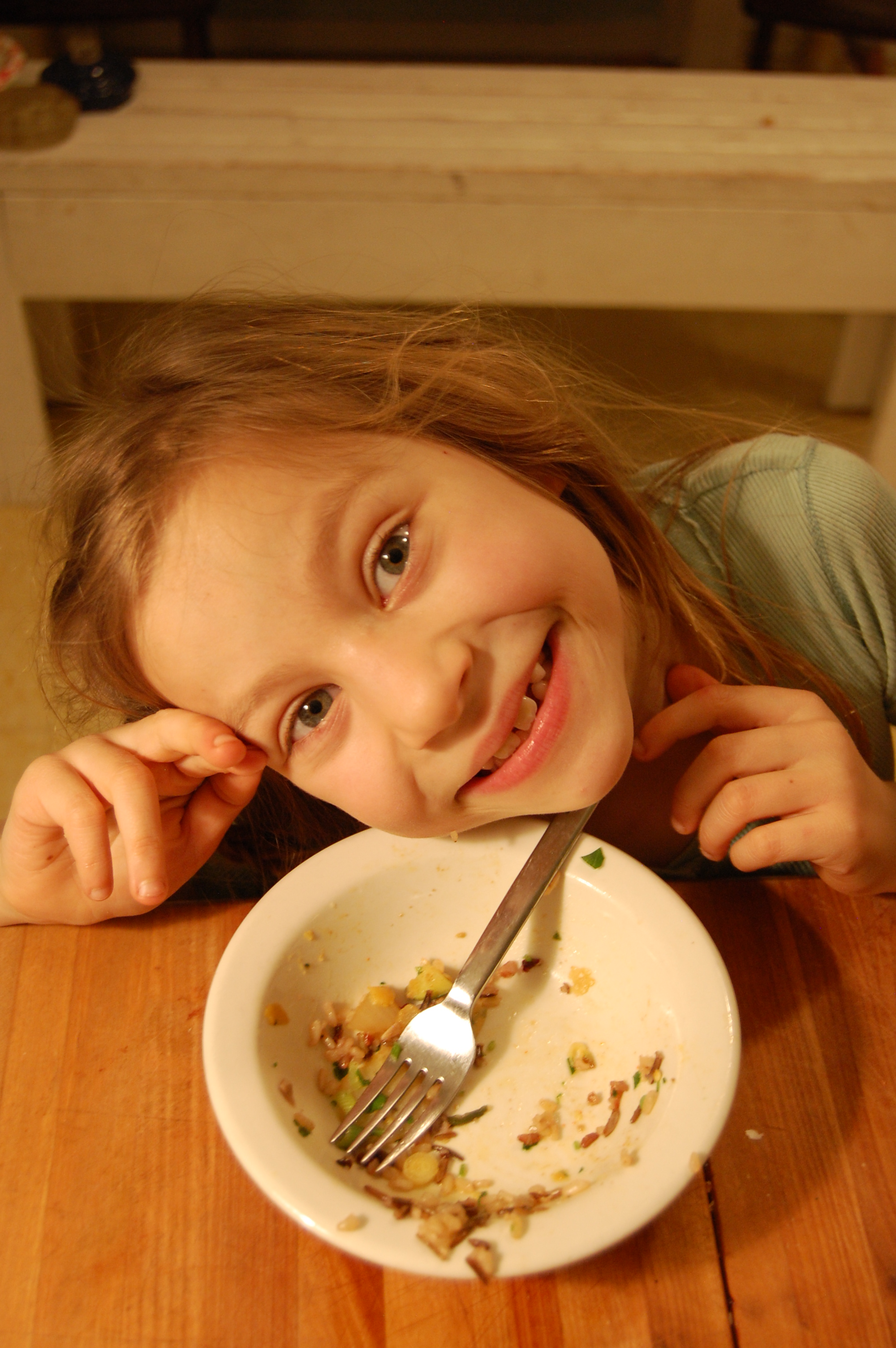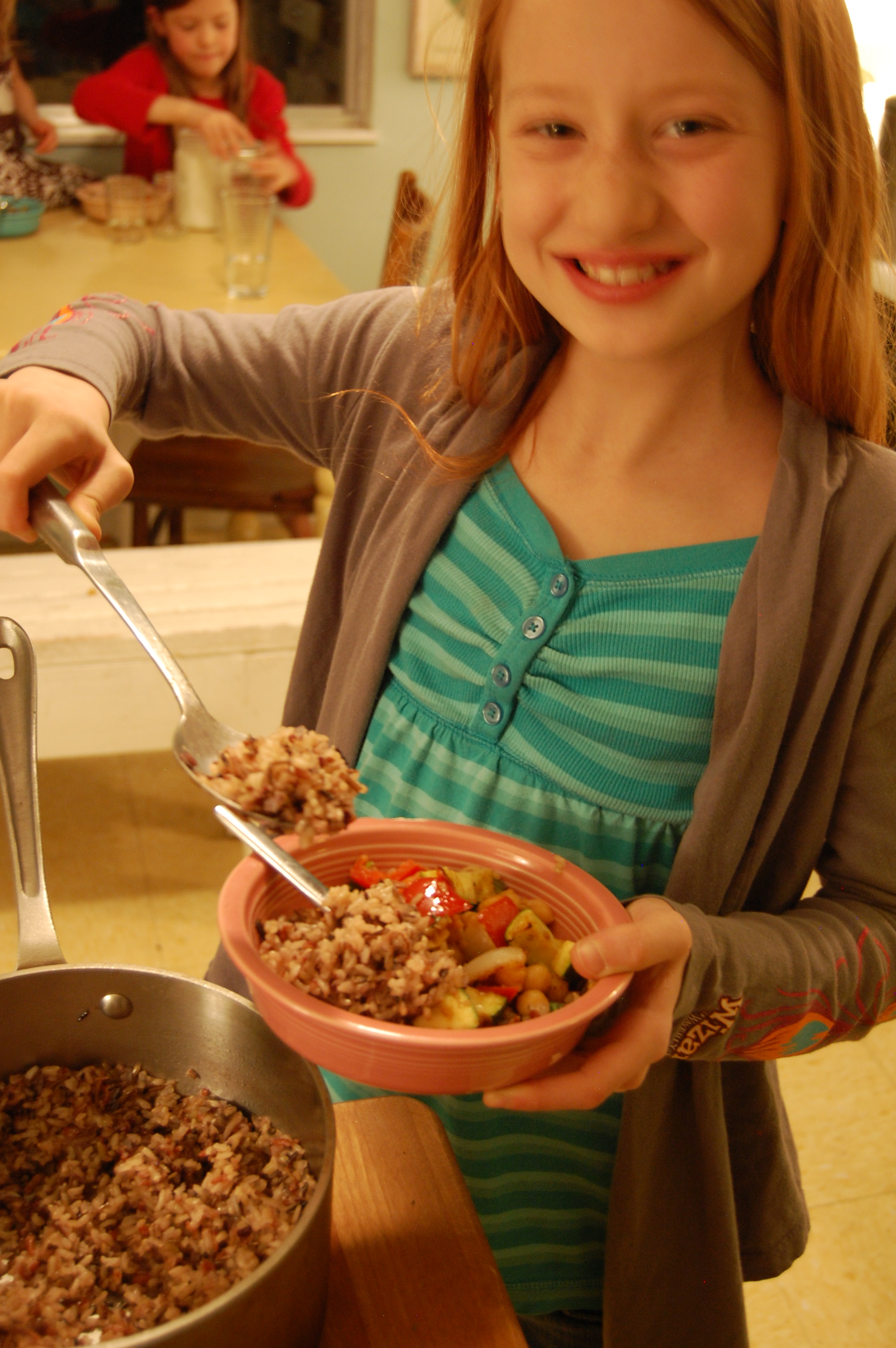Day after St. Patty's Day leftovers..
I am not Irish. But who doesn't love an excuse to throw a party with great friends, good food and Guinness? This year was a last minute one... we'd planned on a simple family dinner, and purchased a small-ish corned beef roast from Whole Foods (not thrifty) the day before. After reading up on the preservative 'saltpeter' or sodium nitrate - which is added to normal corned beef - (finding that it is also used in explosives) - I had planned to try and cure my own. There is a salt brine that I had read about - (see here) - but I was not going to have time to cure it for a week... so the spendier Whole Foods one was our next best bet.
Sunday morning - last minute, we had extra friends who wanted to join. We didn't have time to go up to WF again... so we decided to break down and buy some nitrate-filled roasts to cook, too. We'd feed the natural beef roast to the kids (spare their pure little bodies of the chemical) and take one for the team. It was fun to compare and contrast the flavors of the natural vs. the nitrate-filled meat. I was worried that the natural one would pale in comparison - but it was great! (though I did add some more pickling spice, allspice & garlic to the cooking water to make sure it was flavorful enough). Corned beef takes 5-6 hours to cook, so we started them in the morning with the carrots and potatoes in the pot. Then, I like to add the chunks of cabbage at the last minute so they don't get too soggy. A lovely plate of corned beef & vegetables served up with a selection of mustards, a big green salad and a tall glass of Guinness = St. Patty's Heaven.
What I wanted to quickly share today, though - was a recipe to use up the leftovers! We usually never have much meat left... but I always have lots of cooked potatoes, carrots and cabbage. Since they've been simmered in water to cook, they are a bit too soft to fry up in a pan - and in year's past - they hadn't been a favorite leftover.
I had planned to make a potato and leek soup sometime that week - but had used up all of my potatoes for the Corned Beef & Cabbage the night before.
We were gifted a BlendTec blender by some dear friends that same night of the party (insert angels singing the hallelujah chorus here!!) so I was excited to put it to use. I simply took my cold, cooked leftovers: potatoes, carrots, cabbage - and pureed them quickly in my new toy! A new soup emerged:
Leek, Butternut & St. Patty's Day Leftover Soup!
- 3 large leeks - washed & sliced
- 3-4 cloves of garlic
- fresh and/or dried herbs (I used fresh marjoram & dried herbs de provence), chili flakes, s&p
- 8-10 cups chicken stock
- 1 whole butternut squash - peeled & cubed
- a splash of our favorite hot sauce for added 'umami'
I started the soup by slicing 3 large leeks and a generous amount of garlic and sauteeing with a combo of fresh and dried herbs, salt & pepper. After about 10 minutes, I added my frozen chicken stock (previously made) - and a whole butternut squash - (peeled & chopped into small chunks). After the chicken stock melted in the pot of leeks & squash, I added the pureed St. Patty's leftovers. I let it simmer on the stove for a few hours and then tasted. It needed a bit more salt - and (what my favorite cooking show calls 'umami' - it's that added flavor component that can kick up a dish's appeal) ... so I added a splash of Pepper Plant. The soup was creamy & flavorful - and it was a fun way to use up some soggy leftovers.
So ... next year I will plan better - take a try at curing my own corned beef - and invite a heap of friends... it will be fun having an easy go-to soup to make the next day, as well!
